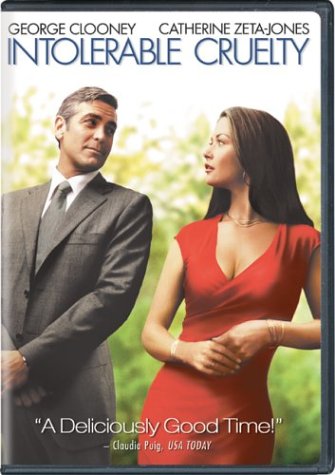I Spit on Your Grave. Steven R. Monroe, 2010.
😿😿
Edition screened: Included in Anchor Bay ‘Legendary Vengeance Double Feature 2 Pack’ Blu-ray, released 2012. English language. Runtime approximately 106 minutes.
Summary: Crude violence to fish; presentation of dead birds.
Details:
1) A catfish is aggressively clubbed in a moronic game, 14:08-14:25.
2) Several images of a dead bird on a porch, 20:28-20:45.
3) Two dead birds are deposited sequentially on another porch and each body is kicked off, 1:05:20-1:06:24.
4) A fish is gutted and its entrails rubbed on a man’s face, 1:27:00-1:27:12.
This movie differs substantially from Meir Zarchi’s original 1978 release, and many of these differences improve both the realism and the horror of the film. In both films a woman is brutally attacked by a group of men, and then exacts extreme revenge upon those aggressors. The original film softens the blow by portraying the men as unrealistic goofballs complete with clownish wardrobe choices. The attack scenes and the woman’s revenge scenes include dull-witted wisecracks and we are left feeling that she, too, is a bit goofy and disturbed.
Monroe’s remake removes the men’s clownish buffers and allows us to see that these sadistic rapists are in fact the same guys you knew in high school: they are typically vulgar, average looking, typically dressed, conceited, and cruel. Monroe also removes the woman’s irresponsible flirty behavior prior to the attack, thus reducing any notion that she was somehow at fault.
Another prominent upgrade in the later film lies in the characterization of the mentally retarded young man who is forced to participate in the rape and beating by his “friends”. In the 1978 original this character is a buffoon who fuels much of the childish Welcome Back Kotter-style dialogue. The remake styles him into a more sympathetic character, a likable and realistic Edward Norton type who helps us identify the lead aggressors as authentic and despicable.
The message of the first movie might be to stay away from cheap drive-in horror films, but the message of the second is an appropriate reminder that you are not safe among strangers. You know these men. Stay away.































